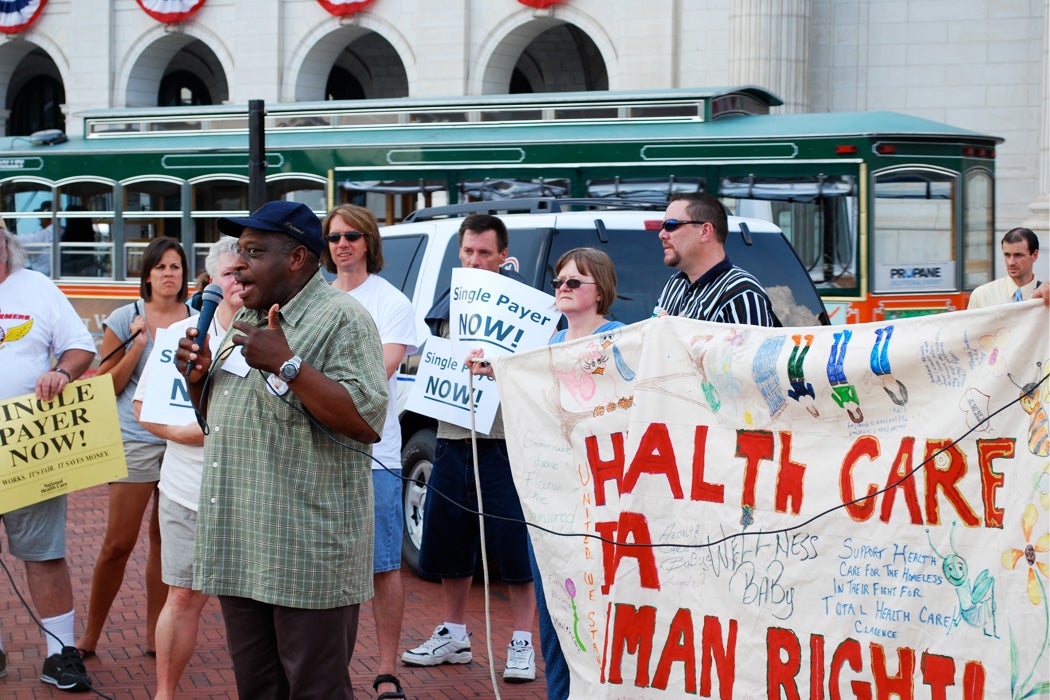The recession that hammered the United States economy between 2007 and 2009, and the sluggish recovery that followed, left behind a nation that reported feeling sicker, more stressed, and more depressed. It’s unsurprising that the prolonged period of mass layoffs, high unemployment, and record number of home foreclosures resulted in self-reported declines in mental health and left behind a general feeling of malaise. But did it have an impact on long-term health outcomes? Did the Great Recession literally make us sicker?
The answer is yes, according to a study published in 2018 by a group from the Russell Sage Foundation. Building upon growing evidence that physical environments are “key determinants of population health,” the study used Detroit, one of the cities hit hardest by the economic downturn, as a testing ground. Researchers matched up neighborhood health data with home foreclosure and abandoned home records. They found that in neighborhoods most affected by the recession, residents suffered from corresponding declines in population health.
Researchers first had to figure out a way to measure the health outlooks of individual neighborhoods. They decided to look at residents’ thymic function. The thymus is an organ near the heart that is essential to the immune system. It produces T cells, the white blood cells that help our bodies fight off infection and illness. Thymic function naturally decreases with age—that’s one of the reasons why illnesses like pneumonia or the flu are more dangerous for the elderly. A lower measure of thymic function indicates a weaker or more compromised immune system.
This was a novel approach to studying how the physical environment affects population health. Conventional wisdom holds that communities under grave economic stress have higher rates of violence, and exposure to violence can have negative effects on mental health. Few studies, however, have looked at the human body’s biological response to these stressors.
Using data collected between 2009 and 2011, the study concluded that:
[a] 10 percentage point increase in neighborhood prevalence of abandoned homes was roughly associated with the same decrease in thymic function as we observed for a 1.7-year increase in chronological age, and a 1 percentage point increase in 2009 home foreclosures was associated with the same decrease in thymic function as we observed for a 3.3-year increase in chronological age.
Get Our Newsletter
Basically, the neighborhood-level stressors tied to the recession seem to have caused people’s immune systems to prematurely age. Results remained steady when the data was controlled for differences in individual income, education, and employment status. Interestingly, the relationship between increased home foreclosure and decreased thymic function was most pronounced among the middle-class.
There is a bright spot in all this: The study also showed that neighborhoods with stronger social ties were less susceptible to health declines. The data proves that, to some extent, being part of a close-knit community can help protect us during times of uncertainty and upheaval.







